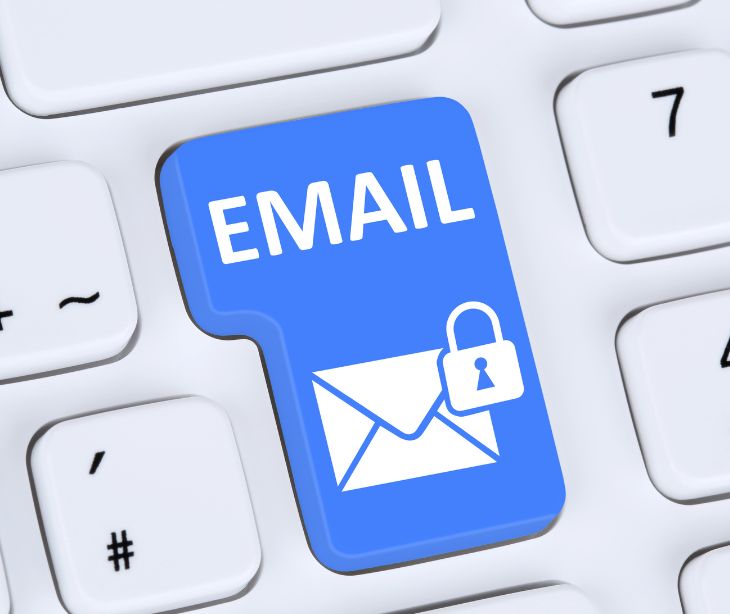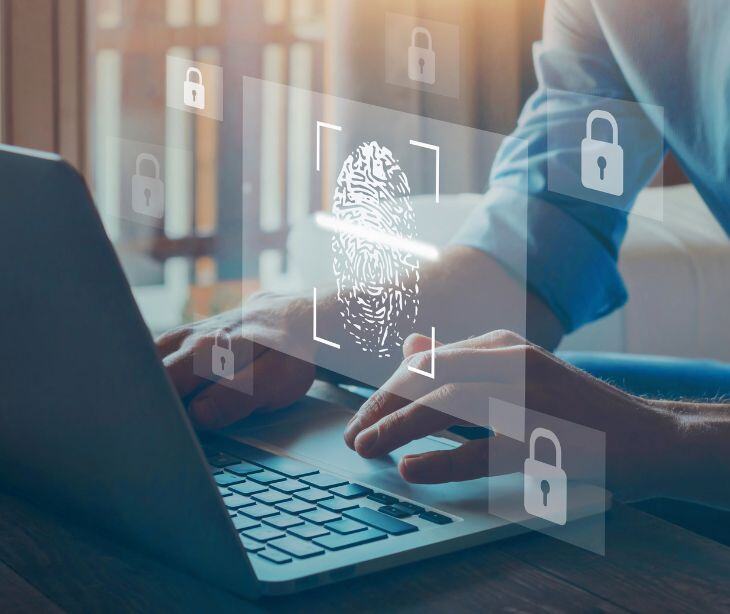
Yes, you can reply to an encrypted email. The key is to follow the instructions provided by the sender, employ secure communication practices, and, if needed, utilize encryption tools or HIPAA compliant email services, like Paubox.
What is an encrypted email?
Encrypted emails use cryptographic techniques to secure the content of messages, making it unreadable to unauthorized users. This is particularly crucial when sharing sensitive or confidential information over the internet. Encryption ensures that the data remains protected even if the email is intercepted.
Related: What is encryption?
How does encryption safeguard PHI?
Encrypted email to communicate PHI adds an extra layer of security to prevent unauthorized access and protect the confidentiality and integrity of the information. Here's how encrypted email safeguards PHI:
- Confidentiality: Encryption ensures that the content of the email, including any PHI, is transformed into a format that is unreadable without the appropriate decryption key. This prevents unauthorized individuals, such as hackers or malicious actors, from accessing or understanding sensitive health information.
- Secure transmission: Encrypted email ensures that the transmission of PHI from the sender to the recipient occurs securely.
- Protection against data breaches: Encrypted emails act as a barrier in the event of a data breach or unauthorized access to the email system. Even if an attacker gains access to the email server, the encrypted content remains unreadable without the appropriate decryption keys.
- Compliance with regulations: Many healthcare regulations, such as the Health Insurance Portability and Accountability Act (HIPAA), mandate the protection of PHI. Encrypted email is often required to comply with these regulations, and failure to do so can result in legal consequences.
- Authentication and access control: Encrypted email systems often incorporate authentication mechanisms and access controls. Only authorized users with the correct credentials can decrypt and access the PHI, helping prevent unauthorized personnel within an organization from accessing sensitive health information.
- Public key infrastructure (PKI): Some encrypted email systems use PKI, where each user has a public key and a private key. The public key is used for encryption, and the private key is used for decryption. This adds an additional layer of security, as the user keeps the private key confidential.
Go deeper: HIPAA Compliant Email: The Definitive Guide
How to respond to an encrypted email
- Receive the encrypted email: Ensure you have received the encrypted email from the sender. Look for any instructions or information on how to decrypt the message.
- Decrypt the email: Follow the decryption instructions provided in the email. This may involve using a specific tool, entering a password, or accessing a secure portal.
- Read the decrypted message: After successfully decrypting the email, you can read the content of the message.
- Compose and send a reply: Compose your reply, considering the sensitivity of the information. If the original email did not provide instructions on encryption, consider using a secure communication method.
- Public key encryption: If the original email used public key encryption, you may need to use the recipient's public key to encrypt your reply.
- Verify the recipient's public key: When using public key encryption, double-check that you are using the correct public key for the recipient. Using an incorrect key can compromise the security of your communication.
- Inform the recipient: If encrypting your reply, inform the recipient of the encryption method used and provide any necessary information or credentials for decryption.
Go deeper: How to verify an email is encrypted
FAQs
What happens when you receive an encrypted email?
Email encryption protects your emails by disguising the content of messages so that only the intended recipients can access and read them.
How do you tell if a received email is encrypted?
There are several ways to confirm an email is encrypted and secure.
- Basic visual indicators: Email clients often display padlock icons or other encryption symbols to indicate the email's encryption status.
- The email headers: The most detailed way to verify an email is encrypted is to look at the email headers.
What are the risks of encrypted email?
The biggest issue with most encryption methods is the location of the keys. Most email service providers store the keys on their servers, risking your email security in case of a server breach.
Subscribe to Paubox Weekly
Every Friday we'll bring you the most important news from Paubox. Our aim is to make you smarter, faster.




